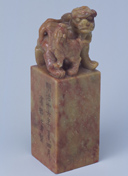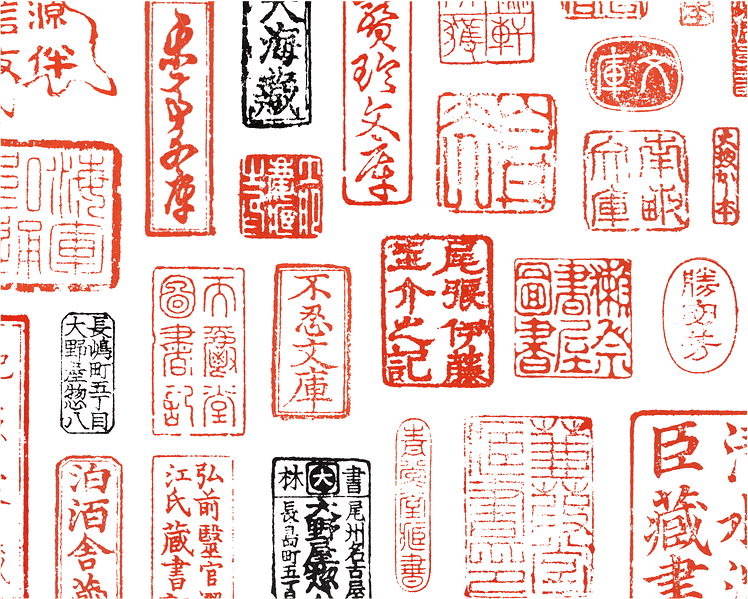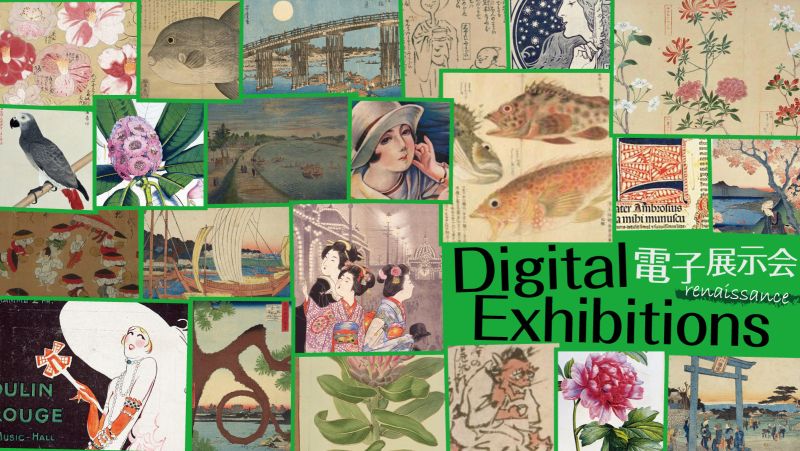Ex-libris ownership stamps were imprinted in books to clearly indicate to which collection these literary works belonged. They were first seen in China from where they were brought to Japan. While we can trace Japan's oldest ex-libris ownership stamps back to the Nara period (710 to 794), we cannot pinpoint when nor how they were introduced to Japan. In any case, since that time until the middle of the Edo period (1603 to 1867) they were used by only a limited number of people such as in temples and shrines and by members of the privileged classes. However, as books became more common, and as scholars and persons of letters who collected books grew in number, a wide variety of ex-libris ownership stamps were produced to satisfy this more widespread use.
Ex-libris ownership stamps come in a variety of forms each showing its own special characteristics depending on the era in which it was used as well as the kind of place it was used in, and the person's occupation and social standing in the case of a personal ex-libris ownership stamp. Those used by the feudal lords were grandiose and imposing in their style and those used by men of letters had more refined texts and designs. And by looking at the design and text of an ex-libris stamp, we can grasp the spirit of the book lover in the deepest reaches of the owner's heart as they are surely hidden there.
By examining these stamps, we learn to understand the provenance of the books in which they are imprinted as well as being able to judge the value of the book itself. It is also possible to understand the general character of the collection of the person or organization to which the book belonged through the clues left to us by these stamps.
At this writing, the National Diet Library houses about 7.7 million volumes. They were originated from the old collections of the Imperial Diet's House of Peers and House of Representatives, and the Imperial Library's old collection which originated from the book repository established in the fifth year of the Meiji era (1872). Among these collections, some of those of the early collectors have been kept intact, while others have been scattered through the ages and only a few books have reached the shelves of the NDL. We would like to introduce a selection of 30 ex-libris ownership stamps allowing you to sample the historical aspects and charm of the culture of these stamps that are a part of the meticulously kept collection housed at the National Diet Library.
For those desiring a more in depth look at our subject, we recommend, "Hito to Zosho to Zoshoin" (People, Their Collections and Ex-libris Ownership Stamps) from the National Diet Library (Yushodo Shuppan 2002.10 15, 331 pages).

Ex-libris stamp of Tokyo Library, the predecessor of National Diet Library


